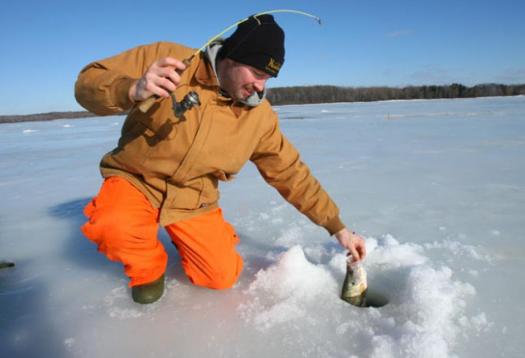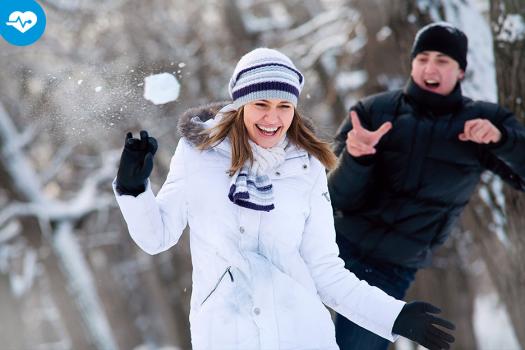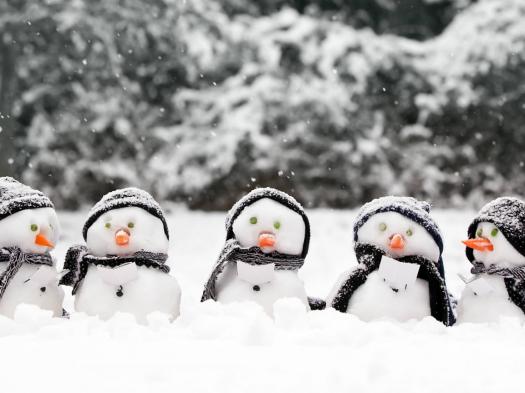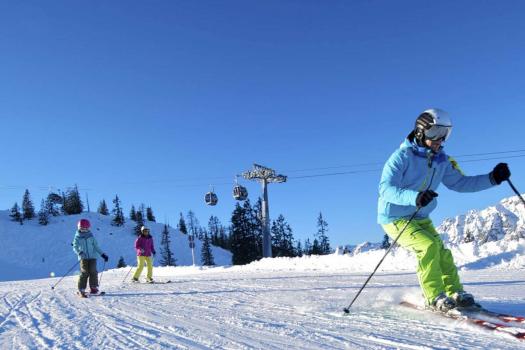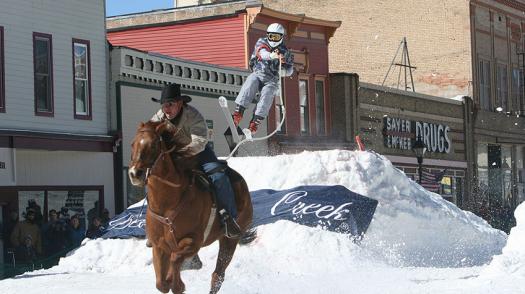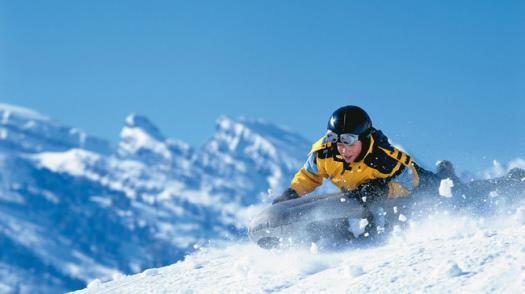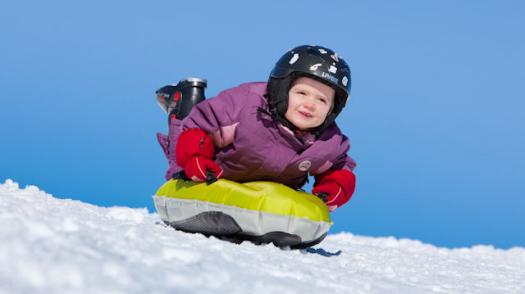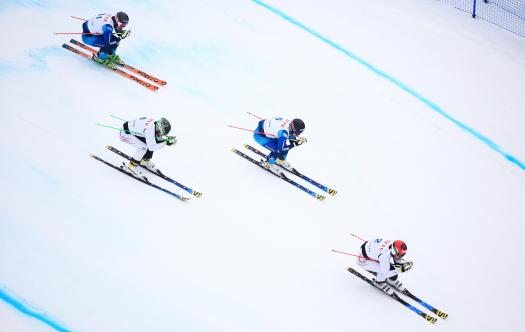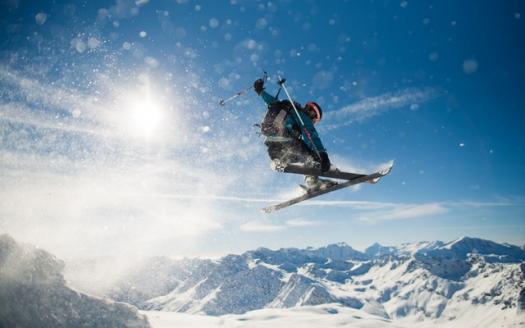What Do You Know About Winter Activities? Quiz

Besides the chilling temperature, snowy winds and longer days, sure, there are many more things you love about Winter. It is undoubtedly the coldest season occurring after autumn and before summer every year. There are many fun activities that people engage during this season. Do you know a lot about these activities?
- 1.
When did winter start in the northern hemisphere in 2018?
- A.
November 28
- B.
December 21
- C.
March 19
- D.
May 29
Correct Answer
B. December 21Explanation
In the northern hemisphere, winter starts on December 21 in 2018. This is because December 21 is the winter solstice, which is the day with the shortest amount of daylight and the longest night of the year. It marks the official beginning of winter in the northern hemisphere.Rate this question:
-
- 2.
Which of these is not an adaptation against winter?
- A.
Hibernation
- B.
Vernalization
- C.
Migration
- D.
Development of fur
Correct Answer
B. VernalizationExplanation
Vernalization is not an adaptation against winter. Vernalization refers to the process by which a plant is exposed to a period of cold temperature in order to induce flowering or seed production. It is a response to the changing seasons and is not specifically related to surviving or adapting to winter conditions. Hibernation, migration, and the development of fur are all adaptations that help organisms survive the cold and harsh conditions of winter.Rate this question:
-
- 3.
Which of these is most common during winter?
- A.
Influenza
- B.
Malaria
- C.
Ache
- D.
Dizziness
Correct Answer
A. InfluenzaExplanation
Influenza is most common during winter because it is a highly contagious viral infection that spreads easily in cold weather. The virus thrives in colder temperatures and lower humidity, making it more likely to be transmitted from person to person. Additionally, people tend to spend more time indoors during winter, increasing the chances of close contact and the spread of the virus. Symptoms of influenza include fever, cough, sore throat, body aches, and fatigue. It is important to take preventive measures such as getting vaccinated and practicing good hygiene to reduce the risk of contracting and spreading the flu during the winter months.Rate this question:
-
- 4.
Which of these is less important in skating?
- A.
Roughness of the ice
- B.
Boarding
- C.
Design of the ice skate
- D.
Experience of the skater
Correct Answer
B. BoardingExplanation
The correct answer is "Boarding." Boarding refers to the act of getting on or off a boat, train, or aircraft, which is not relevant to skating. In skating, the roughness of the ice, the design of the ice skate, and the experience of the skater are all important factors that can affect performance and safety.Rate this question:
-
- 5.
Which of these recreational games is not played on the ice?
- A.
Bandy
- B.
Speed skating
- C.
Ringette
- D.
Golf
Correct Answer
D. GolfExplanation
Golf is not played on the ice. Bandy, speed skating, and ringette are all recreational games that are played on the ice. However, golf is typically played on grass or artificial turf, not on ice.Rate this question:
-
- 6.
Which of these is not used in ice fishing?
- A.
Spear
- B.
Water guns
- C.
Fish hooks
- D.
Lines
Correct Answer
B. Water gunsExplanation
Water guns are not used in ice fishing. Ice fishing typically involves using a spear, fish hooks, and lines to catch fish through a hole in the ice. Water guns, on the other hand, are not a tool or equipment commonly used in ice fishing.Rate this question:
-
- 7.
What is the shape of a snowball?
- A.
Square
- B.
Sphere
- C.
Triangle
- D.
Rectangle
Correct Answer
B. SphereExplanation
A snowball is typically round in shape, resembling a sphere. This is because when snow is compacted and rolled, it naturally forms a spherical shape due to the forces applied during the rolling process. The spherical shape allows the snowball to have an even distribution of weight and makes it easier to throw or roll. Additionally, the spherical shape helps the snowball maintain its integrity and prevents it from easily falling apart.Rate this question:
-
- 8.
Which of these winter activities can also be performed on sand?
- A.
Sledding
- B.
Ice fishing
- C.
Snowballing
- D.
Ice hockey
Correct Answer
A. SleddingExplanation
Sledding can also be performed on sand because the activity involves sliding down a slope using a sled, which can be done on sand dunes or sandy hills. While traditionally associated with snow, sledding can also be enjoyed on sand, providing a similar experience of sliding down a slope.Rate this question:
-
- 9.
Which of these sleds is not used in sleighing?
- A.
Runner sleds
- B.
Lined sleds
- C.
Toboggans
- D.
Disks
Correct Answer
B. Lined sledsExplanation
Lined sleds are not used in sleighing. The other options, such as runner sleds, toboggans, and disks, are commonly used for sleighing. Lined sleds typically have a lining or padding on the bottom, which makes them more suitable for use on snow-free surfaces, such as grass or pavement, rather than on snowy hills or slopes.Rate this question:
-
- 10.
Which of these is not associated with sledding?
- A.
Flopping
- B.
Bobsledding
- C.
Turbo sleds
- D.
Backcountry sleds
Correct Answer
C. Turbo sledsExplanation
Turbo sleds are not associated with sledding. While flopping, bobsledding, and backcountry sleds are all activities or types of sleds commonly associated with sledding, turbo sleds are not typically used for this purpose. Turbo sleds are typically associated with motorized snow sports or racing, rather than traditional sledding activities.Rate this question:
-
Quiz Review Timeline +
Our quizzes are rigorously reviewed, monitored and continuously updated by our expert board to maintain accuracy, relevance, and timeliness.
-
Current Version
-
Mar 21, 2023Quiz Edited by
ProProfs Editorial Team -
Dec 15, 2018Quiz Created by
Gregorynaomi
 Back to top
Back to top



